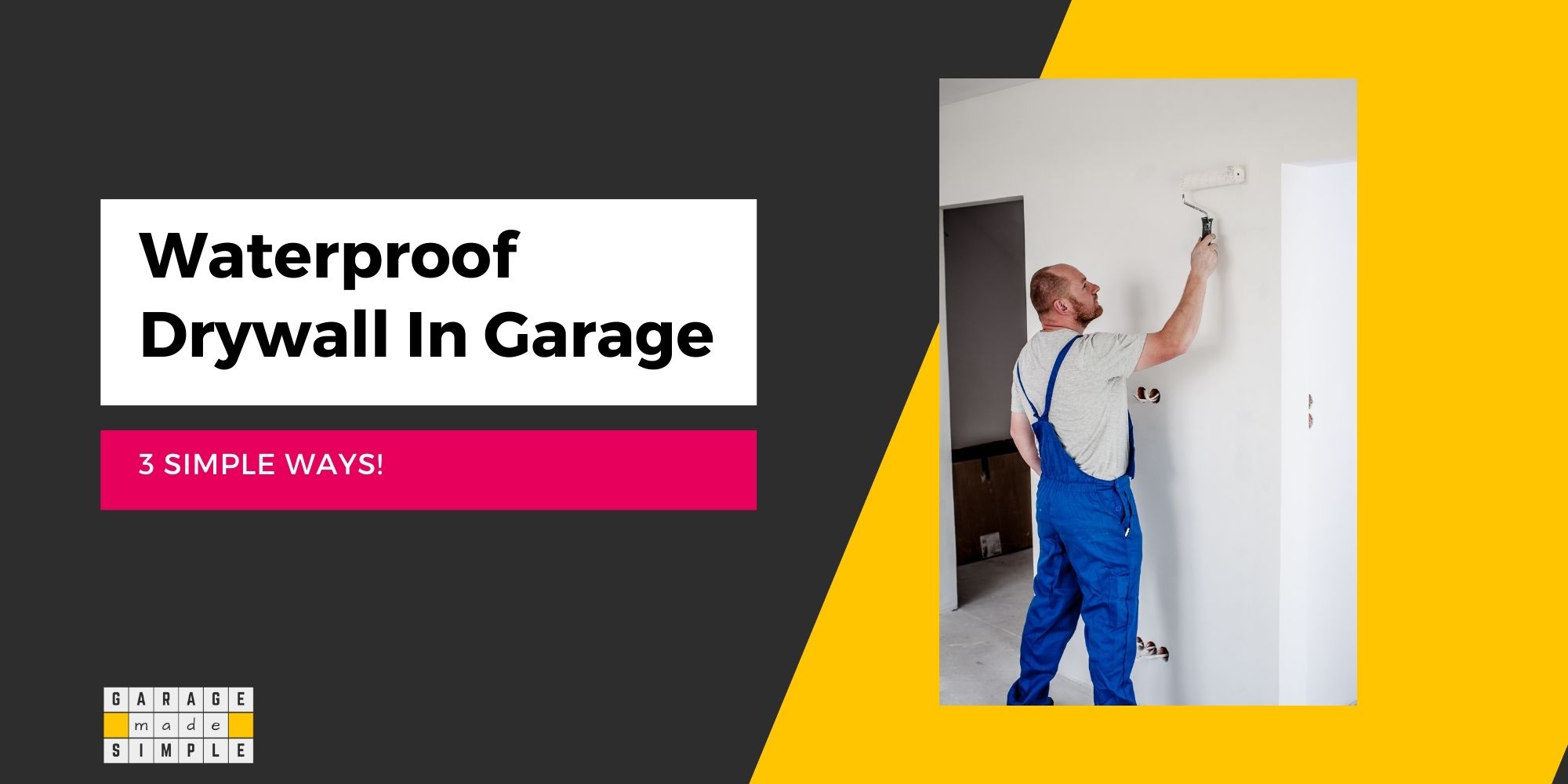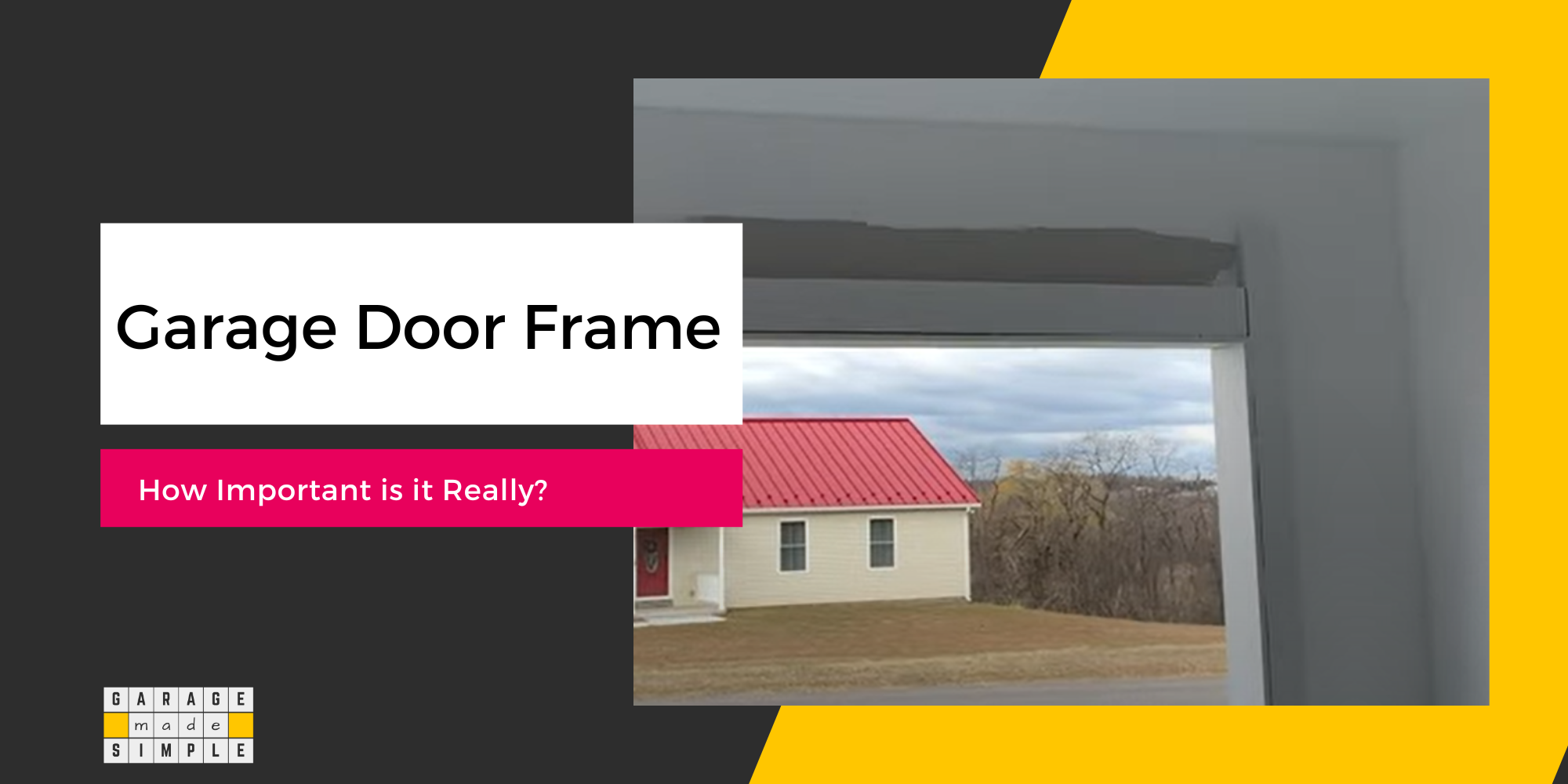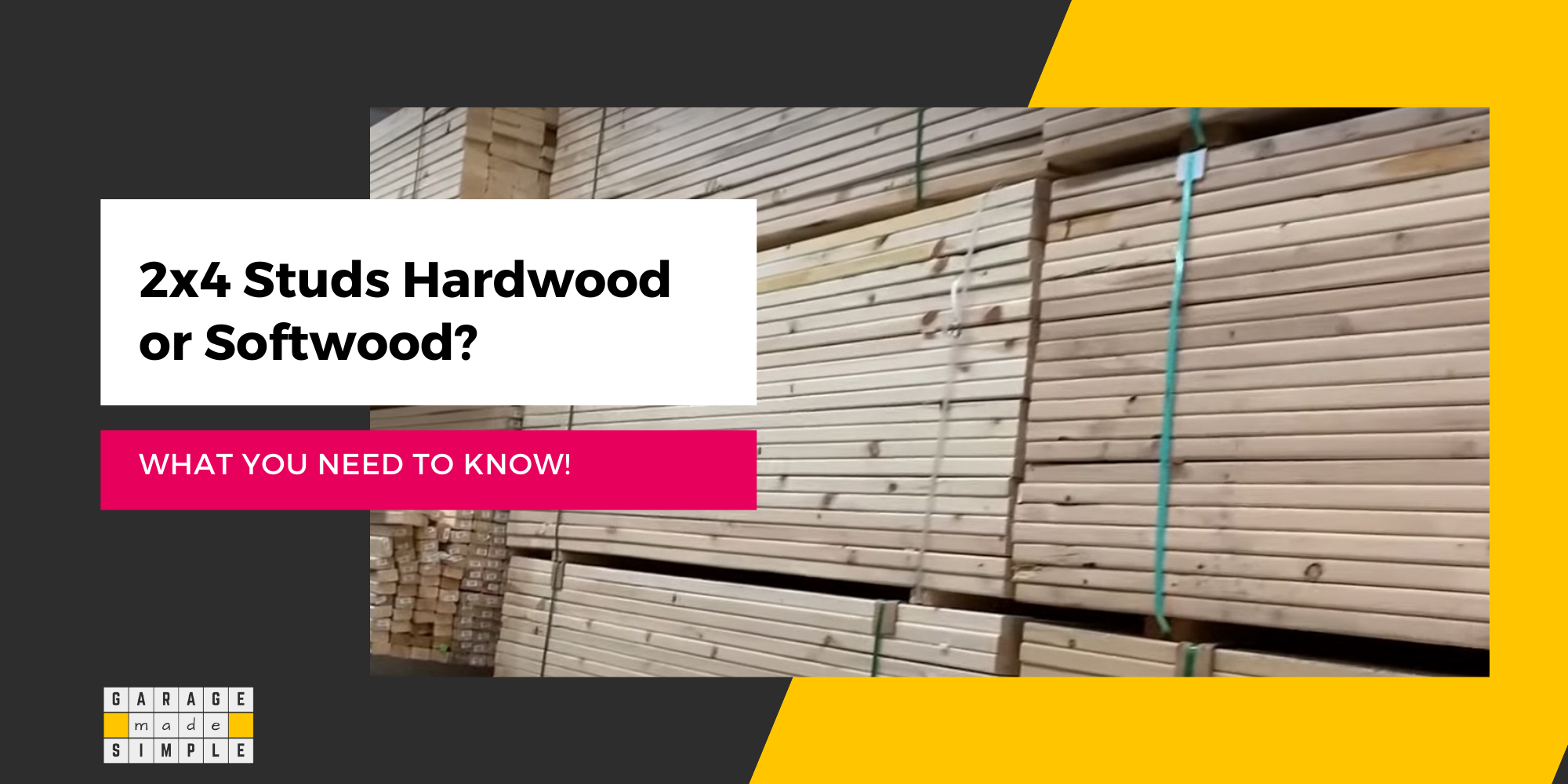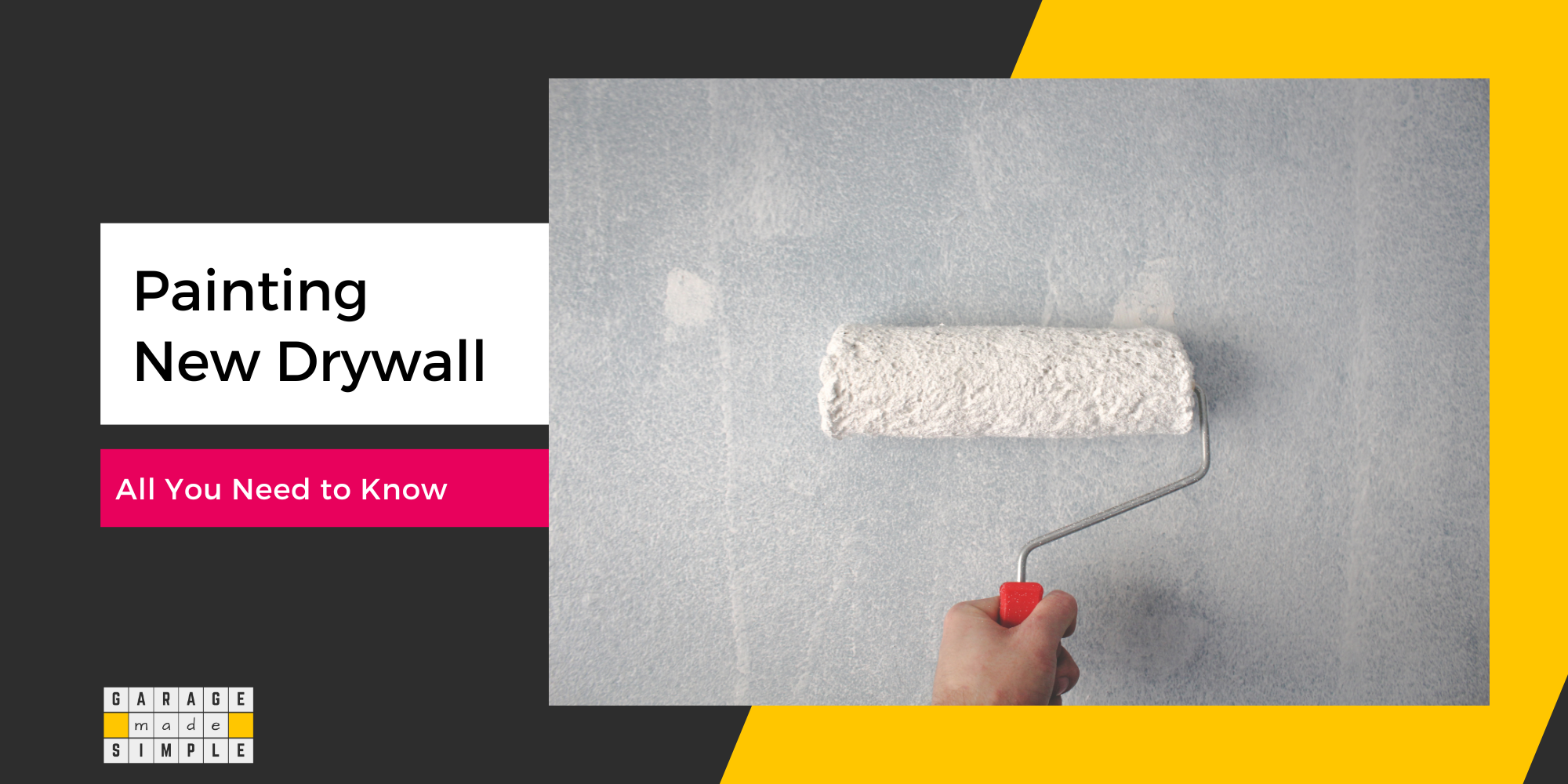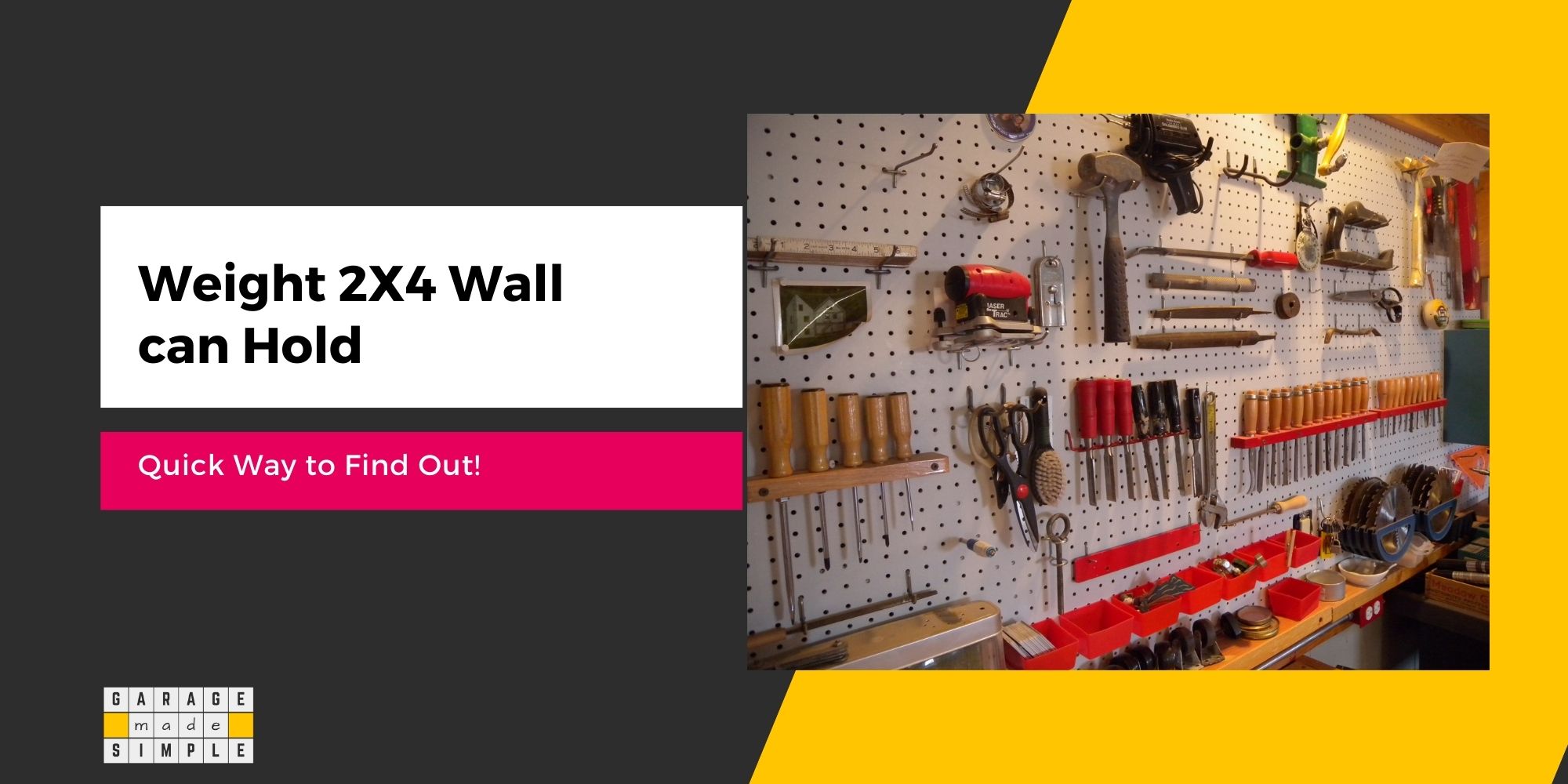Is Exterior Garage Wall Thickness Important? (Find Out!)
As an Amazon Associate, I earn from qualifying purchases.
How Thick Are Exterior Garage Walls?
Are you discussing the design of your new house with the architects? Or maybe you plan to build a new detached garage on your lot? The exterior garage wall thickness and the materials used are important factors in determining the strength of the wall and the budget for your project. So, what should the exterior garage wall thickness be?
Using 2X4 studs to frame an exterior garage wall is common building practice. Interior & exterior sheathing should be ⅝” thick, each. The exterior garage wall thickness (without the siding) should then be 4 ¾”. The wall thickness will go up to 6 ¾”, if you use 2X6 wall studs.
Brick, Cinder Block or ICF are rarely used to build a detached garage. The walls of an attached garage, on the other hand, use the same construction materials as the rest of the house.
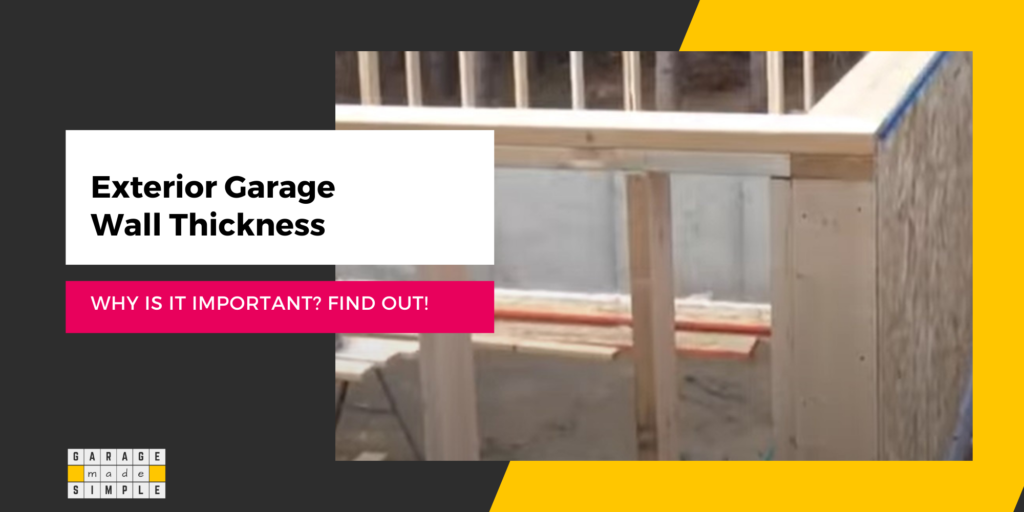
Are Garage Walls Considered Exterior Walls?
All the walls of a detached garage are exterior walls, with the exception of any partition walls that you may construct for special use areas, such as an enclosed laundry room within the garage or a home office within the garage.
The walls of an attached garage that are perpendicular to the house (and therefore not attached are considered as exterior walls. The wall that adjoins the living space in the house, can be designed as an interior wall. However, it is better to design it as an exterior wall.
In any case, the wall which separates the garage from the house, must be fire-rated and must comply with the code.
Section R302.6 of The 2018 International Residential Code (IRC) states that:
The garage shall be separated as required by Table R302.6. Openings in garage walls shall comply with Section R302.5. Attachment of gypsum board shall comply with Table 702.3.5. The wall separation provisions of Table 302.6 shall not apply to garage walls that are perpendicular to the adjacent dwelling unit wall.
For details of Table R302.6, you can check out my blog post Code For Drywall In A Garage? (The Truth You Need To Know!). The important points to note are that the IRC code
What Are Exterior Garage Walls Made Of?
Most detached garage walls in the US are made out of wood. Actually the garage wall construction is fairly simple. You need to construct a frame made from 2X4 wall studs. The nominal thickness of the 2X4 wall stud is 4” but the actual thickness is only 3 ½”.
The 2X4 wall stud is sufficient for most parts of the country. However, if you live in one of the northern states, where winters can be brutal, you may opt for 2X6 wall studs. These let you increase the wall insulation thickness by another 2”.
Once the frame has been erected and secured to the foundation wall or the slab on grade foundation, the inner side of the frame is covered using sheathing boards. The sheathing material options are:
Sheathing boards are available in a range of thicknesses, but a thickness of ⅝” is most appropriate. The sheathing boards are nailed or screwed on top of the wall studs.
It is good construction practice to have an exterior sheathing, as well, on the outer side of the garage wall. The exterior sheathing provides a base for the garage wall siding and helps enclose the space between the wall studs, provide additional structural support and hold the wall insulation.
Garage wall siding can go over the external sheathing and vapor barrier. Siding material options are:
- PVC Wall Panels
- Metal Wall Panels
- Wood such as log, shiplap or planks
Sheathing material such as plywood, cement boards or OSB can also be used as garage wall siding. For example you could use drywall as exterior sheathing and cement board as siding.
Why Is Garage Wall Thickness Important?
The exterior garage wall thickness is important because
Exterior Garage Walls Are Load Bearing
The exterior walls (perimeter walls) of a garage will always be load bearing.
The wall transfers the load of the structure of the garage roof, walls and the garage door to the garage foundation footings.
The weight of the occasional snow piled on the roof, items stored, suspended from roof rafters and joists, kept in the attic or shelves attached to the wall, also need to be transferred to the foundation through the wall.
Last but not the least, the exterior garage walls have to bear the lateral load created by wind pressure. This could be substantial in hurricane prone areas.
Needless to mention the external garage wall thickness will largely dictate the load bearing capacity of the wall.
While the wall studs bear most of the downward load, the sheathing also plays an important role in holding the wall studs together and providing the wall with lateral load bearing capacity.
Stud Bays allow for Insulation
Garage wall stud spacing is usually either 16” or 24”, “on center” (that is center to center). A spacing of 16” between garage wall studs is more common. This gives the garage wall more load bearing strength as the number of studs used are more.
The space between the studs is known as the stud bay and is used for filling in insulation material. 2X4 wall studs allow you to use insulation that is 3 ½” thick. On the other hand, 2X6 wall studs allow you to use insulation that is 5 ½” thick.
The effectiveness of insulation material is measured by R Value per inch of thickness. The amount of insulation required for your garage depends on the climate zone you live in. Check out the map (from IECC) below:

Image
Source: Home Depot
If you live in Zone 6 or Zone 7, you are better off using 2X6 wall studs so that you can get the recommended R Value of the insulation.
Owens Corning R19 15″ 93″ Unfaced 10 bags of Fiberglass Wall Insulation 775 SF available at Amazon has an R-value of 19 because it is 6.25 in thick. This would be just right for garage walls framed using 2X6 studs, but would not work for walls framed using 2X4 wall studs.
Do keep in mind that better heat insulation usually leads to better sound insulation too!
Thank you very much for reading the post. I do hope you found it informative and useful.

